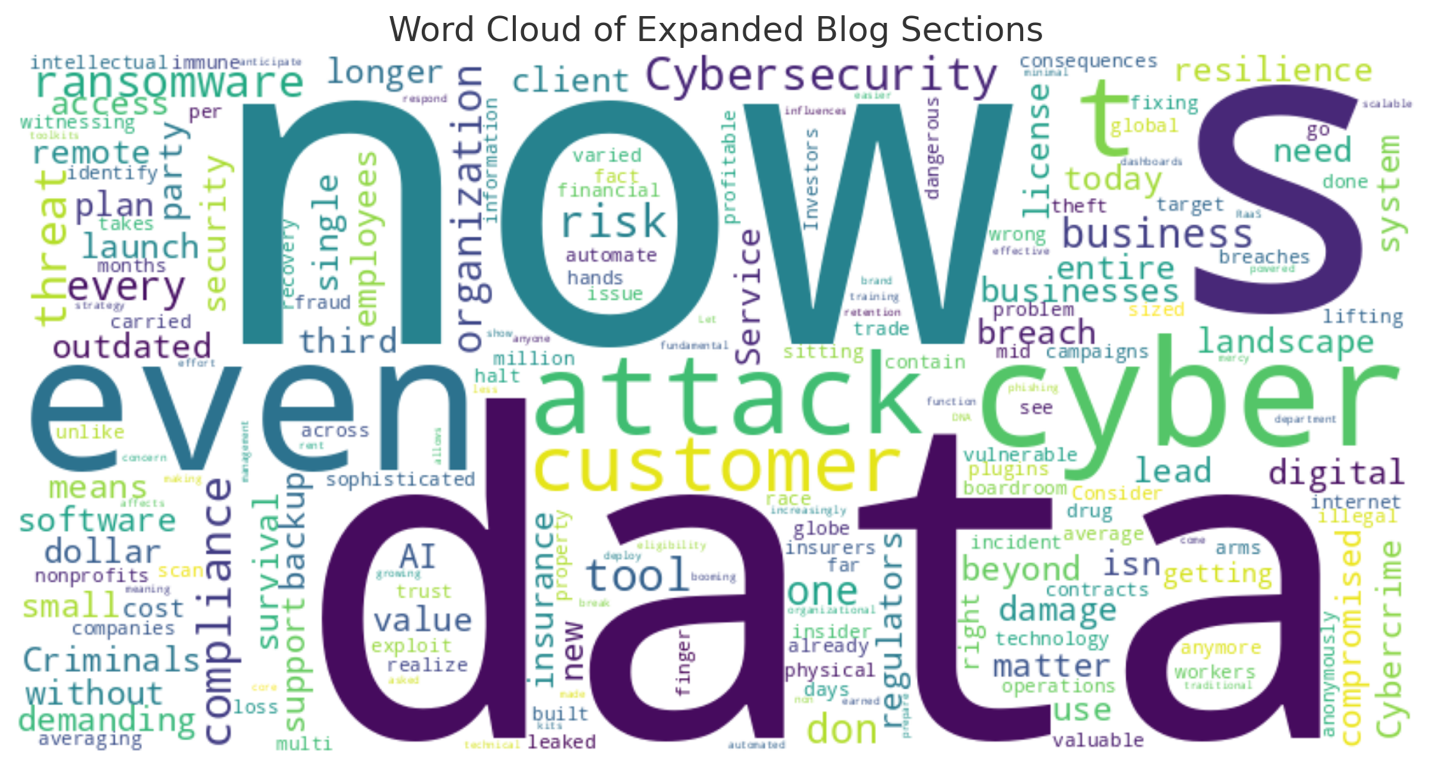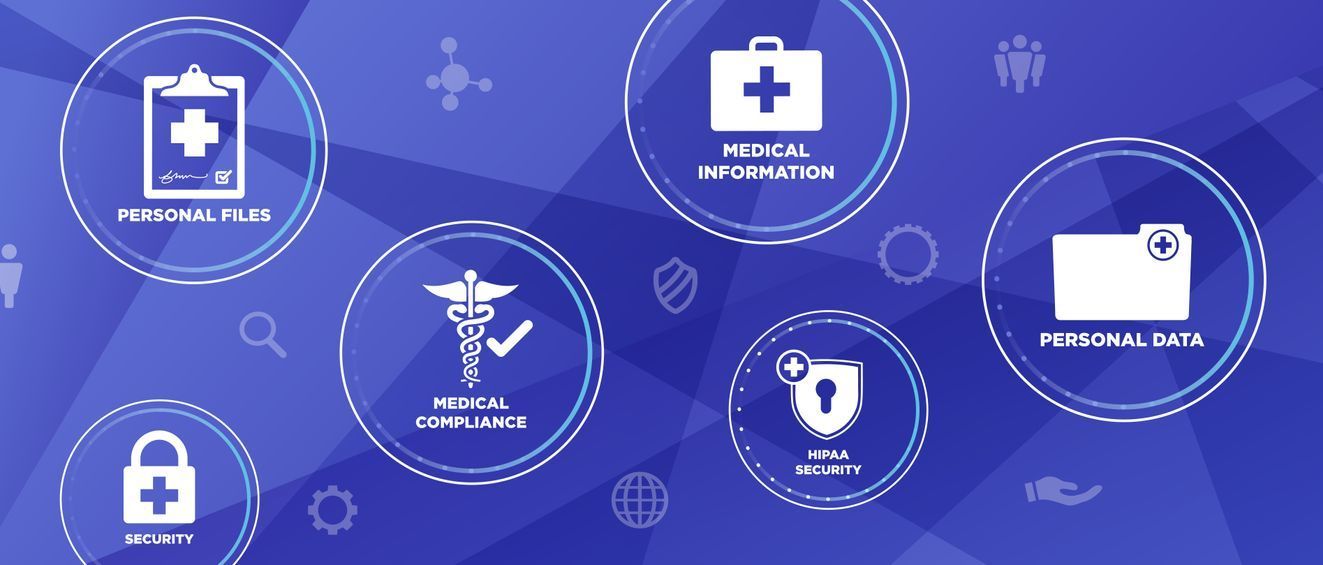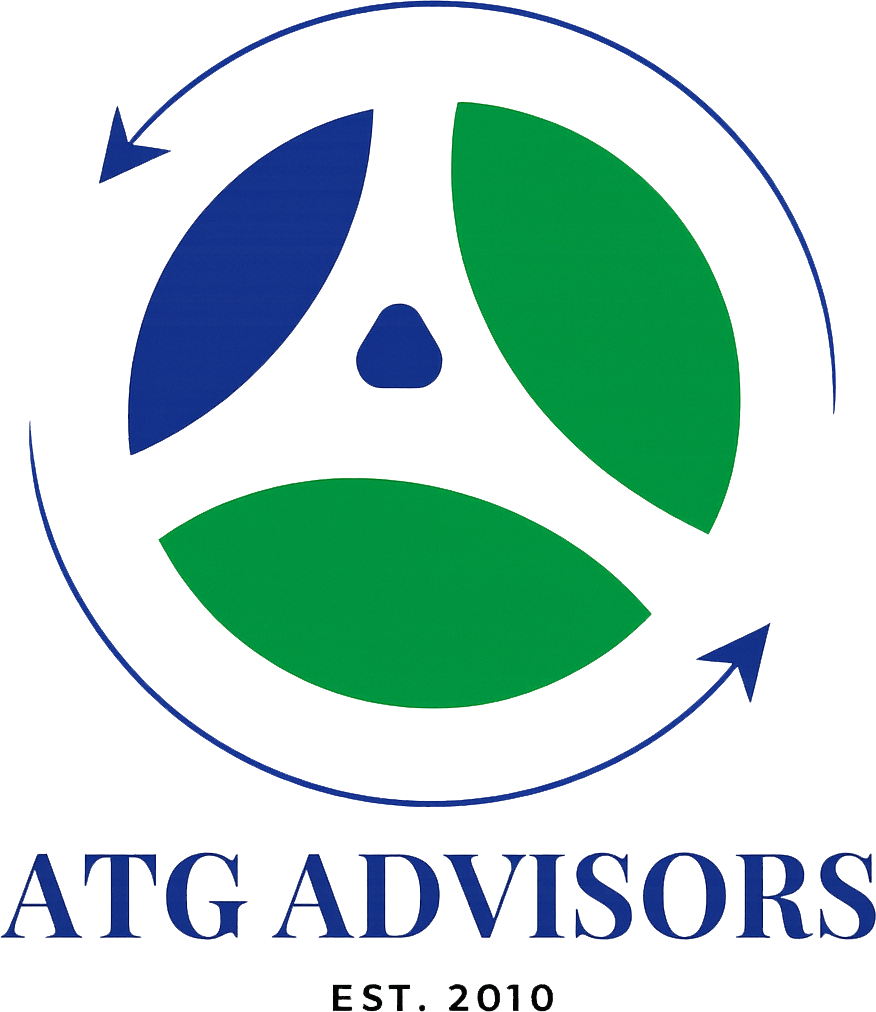Top 7 Tax Strategies for Business Owners in 2025
Introduction
As a business owner in 2025, you’re not just navigating competition, market fluctuations, and staffing challenges—you’re also steering your company through an increasingly complex tax landscape. The IRS is tightening enforcement, the Tax Cuts and Jobs Act provisions continue to phase out or shift, and new opportunities (like energy credits and payroll optimization) are emerging.
Whether you’re an LLC owner, managing an S-Corp, or operating as a sole proprietor, the decisions you make throughout the year—not just at tax time—determine how much of your income you’ll actually keep. Smart tax planning can reduce liability, free up cash flow, fund growth, and even increase your business’s valuation.
At ATG Advisors, we work with business owners nationwide to develop custom, proactive tax strategies that reflect both your short-term realities and long-term goals. Here are the top 7 tax strategies every serious business owner should be using—or at least evaluating—right now.
1. Leverage Accelerated Depreciation: Section 179 & Bonus Depreciation
If you’ve made significant equipment purchases or property investments, accelerated depreciation can provide immediate relief. In 2025:
- Section 179 allows you to deduct up to $1.22 million in qualifying equipment and software purchases, with a phase-out threshold of $3.05 million.
- Bonus depreciation, while slightly reduced from previous years, is still generous. It allows you to deduct 60% of the cost of eligible new and used property in the first year.
This strategy is particularly powerful for industries with high equipment turnover or real estate holdings, including construction, manufacturing, and professional services with large technology needs.
Advanced Play: Cost Segregation Studies
For those who’ve recently purchased or renovated commercial property, a cost segregation study can reclassify portions of your building (like HVAC, lighting, flooring) into 5-, 7-, or 15-year property categories—unlocking massive depreciation deductions sooner.
2. Optimize Your Business Structure: Is It Time to Reclassify?
Many business owners are stuck in the wrong entity type and paying far more in taxes than they need to.
- Sole proprietors pay self-employment tax on all net profits.
- LLCs offer legal flexibility but default to pass-through taxation unless elected otherwise.
- S-Corps provide savings by allowing owners to take part of their income as distributions, which are not subject to self-employment tax—but must include a "reasonable salary" for the IRS.
- C-Corps, taxed at a flat 21%, are ideal for retained earnings, reinvestment-heavy businesses, and those looking for more advanced tax structuring.
Many businesses benefit from hybrid structures, such as an LLC taxed as an S-Corp or combining a C-Corp with a holding trust.
IRS Alert for 2025: The IRS is scrutinizing S-Corp reasonable compensation more aggressively this year. If you’re taking distributions far above your wages, expect attention.
ATG Insight: We conduct entity reviews as part of every tax planning engagement to ensure your structure is optimized for both tax efficiency and legal protection.
3. Fund a Solo 401(k) or SEP IRA: Build Wealth While Lowering Taxes
Retirement accounts are one of the last great tax shelters. If you’re self-employed or own a small business, you can slash your tax bill while building long-term wealth.
Solo 401(k)
- Contributions: Up to $69,000 in 2025 (with catch-up contributions if 50+).
- Benefits: Allows for both employee and employer contributions.
- Roth Option: Recent legislation (SECURE Act 2.0) now makes Roth Solo 401(k)s available, allowing for tax-free growth.
SEP IRA
- Simpler to set up than a 401(k).
- Allows contributions of up to 25% of compensation, capped at $66,000.
- Works well for businesses with few or no employees.
Why This Matters: Contributions reduce adjusted gross income (AGI), which may also help you qualify for other tax credits or avoid phaseouts.
ATG Insight: We help businesses set up and administer retirement plans, integrate payroll deductions, and ensure contribution limits are maximized without triggering IRS flags.
4. Set Up a Section 125 Cafeteria Plan for Employee Benefits
If you have at least 5 employees, this low-cost, high-impact plan should be on your radar.
A Section 125 Cafeteria Plan lets employees pay for qualified medical, dental, vision, and dependent care expenses pre-tax, reducing:
- Employee taxable income
- Employer payroll tax liability
- Overall benefit costs
This plan also allows for Flexible Spending Accounts (FSAs) and Premium-Only Plans (POPs), further boosting tax savings.
Example: A business with 10 employees could save $3,500–$8,000/year in payroll taxes, just by offering a cafeteria plan.
Compliance Note: To stay compliant with IRS nondiscrimination rules, employers must apply the plan fairly to eligible employees.
ATG Bundle: We offer a done-for-you (DIY) solution, including plan docs, employee onboarding, and compliance tracking—all integrated with your payroll provider.
5. Deduct Home Office and Business Vehicle Use
Don’t let outdated myths prevent you from claiming legitimate deductions.
Home Office Deduction:
- You must use a dedicated space exclusively and regularly for business.
- You can deduct a portion of rent, mortgage interest, utilities, repairs, and even HOA fees.
Vehicle Use:
- Choose between the standard mileage rate (67 cents/mile for 2025) or actual expense method.
- Business use must be substantiated with mileage logs or travel calendars.
IRS Hot Button: Mixing personal and business use without documentation is a common red flag.
ATG Recommends: Use apps like MileIQ, Everlance, or QuickBooks Self-Employed to track automatically.
6. Tap Into the R&D Tax Credit: It’s Not Just for Tech Giants
The Research & Development (R&D) Tax Credit rewards businesses that innovate, solve technical problems, or improve products—even if they don’t have a lab coat or coding team.
Qualifying industries include:
- Manufacturing
- Software and app development
- Architecture and engineering
- Food production
- Medical devices
You can:
- Claim up to 10–20% of qualified R&D expenses
- Offset payroll taxes (up to $500,000 annually for startups)
- Amend prior returns to recoup past credits (going back 3 years)
ATG Case Example: We helped a mid-sized construction firm recoup $112,000 in R&D tax credits for their custom design processes and in-house software upgrades.
Key Requirement: You must document qualified activities and costs with technical detail—not just expense summaries.
7. Create an Accountable Plan for Reimbursements
Many business owners reimburse themselves or employees for expenses—but do it the wrong way.
An accountable plan is a written policy that outlines:
- What expenses are reimbursable
- How receipts or documentation must be submitted
- Time limits for submission
When structured correctly:
- Reimbursements are not taxable income to the employee
- The business can deduct the full cost
- You avoid triggering payroll tax or W-2 reporting
Ideal For:
- Home internet and mobile phone stipends
- Mileage reimbursements
- Meals, lodging, and per diem travel
Without an accountable plan, these costs become taxable compensation, increasing your tax liability unnecessarily.
ATG Advisors provides pre-built accountable plan templates and helps integrate reimbursement tracking with your accounting software or HR system.
Common Pitfalls to Avoid
Even with the best intentions, business owners often fall into traps like:
- Waiting until Q4 to start planning
- Failing to document deductions properly
- Using the wrong legal entity structure
- Overpaying estimated taxes due to outdated calculations
- Relying on a tax preparer instead of a tax strategist
Conclusion: Stack Your Strategies for Maximum Results
Tax planning isn’t one move—it’s a system of coordinated strategies working together.
For example, an S-Corp owner who sets up:
- A Solo 401(k)
- A Cafeteria Plan
- An Accountable Plan
- Deducts their home office
- And claims R&D credits...
…could legally save $25,000 to $80,000+ annually, depending on income, location, and team size.
The key is customization and compliance—which is exactly what ATG Advisors delivers.
Ready to Keep More of What You Earn?
We offer a complimentary Tax Strategy Session where we’ll identify at least 3 strategies you could be using right now to reduce your 2025 tax burden.
👉
Click here to schedule your free consultation
📧 Or email us directly at info@atgadvisors.com
Related Resources
- "Entity Showdown: LLC vs. S-Corp vs. C-Corp in 2025"
- "Unlocking R&D Credits: A Hidden Cash Source for Small Business"
- "Building a Tax-Free Retirement with Solo 401(k)s and Roth Accounts"



